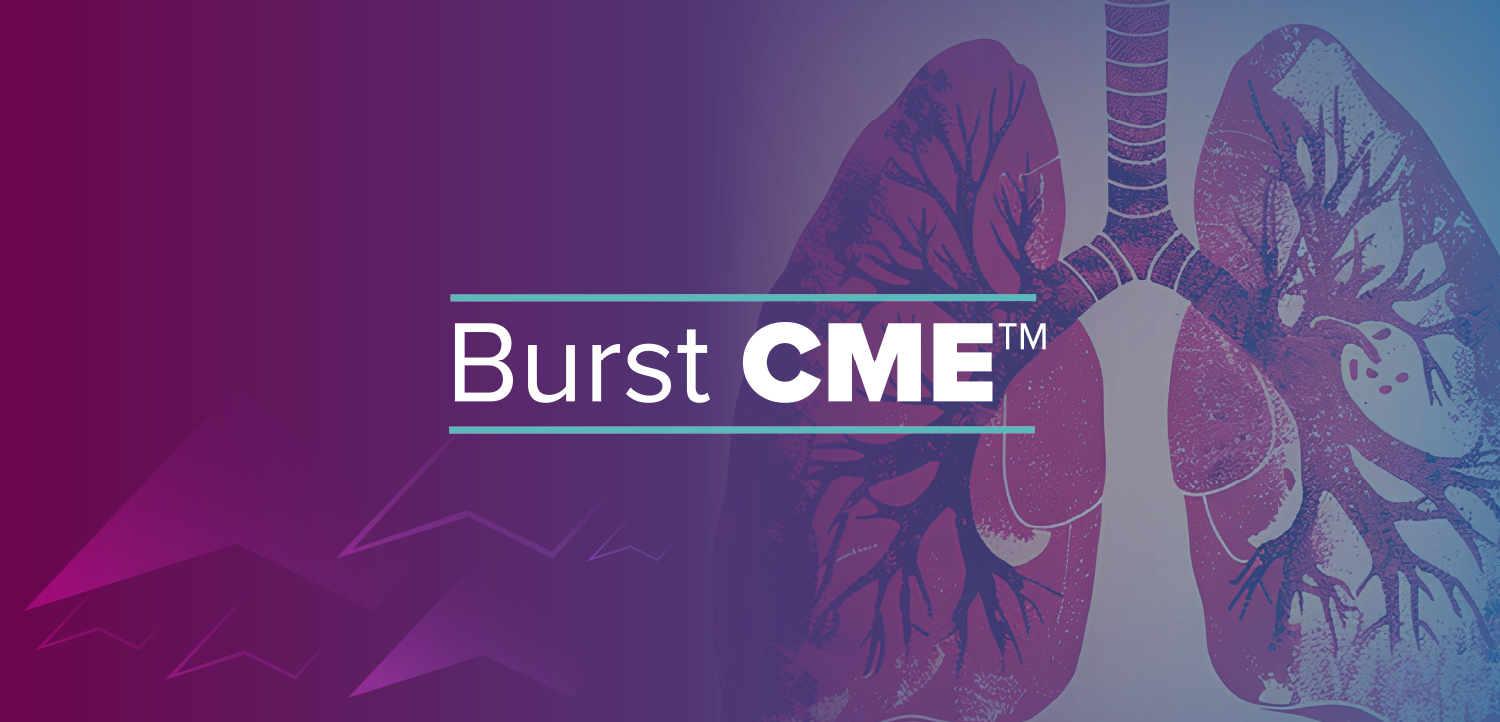
Reform could allow small carriers to topple mighty group insurers
In this new era of business-to-consumer marketing, small plans might have an advantage.
For the largest and most profitable health insurance carriers, the individual market has long remained secondary to their much larger and more profitable group businesses. Everything from the structure of policies to underwriting to distribution channels to customer service is designed first with the purchasers of group policies in mind.
Thanks in part to the pending changes to the health insurance market prescribed by the Patient Protection and Affordable Care Act (PPACA), companies focused on individual policy holders could disrupt incumbent group carries in the same way personal computers disrupted mainframes or mobile phones disrupted wireline-based services.
In general terms, disruptors focus on relatively economically unattractive segments of the market with solutions that are demonstrably inferior when compared to what is available to mainstream segments. From this foothold, however, disruptors exploit an enabling technology that improves their solutions in ways that even the mainstream segments come to find attractive. As more customers switch, incumbents begin to take notice, but the disrupters, thanks to their head start, could already have an insurmountable advantage, even when incumbents are larger and better resourced. Ultimately, the disruptive entrants assume marketplace leadership.
There are new complexities associated with serving this segment that incumbent insurers have not fully mastered, including community rating, minimum medical claim loss ratios, guaranteed issue, elimination of pre-existing conditions, no rating differences for gender, limitations on age bands, and restrictions that the only real rate up for risk permitted is for smokers. Indeed, it is for these reasons that the individual market is less economically attractive to incumbent insurers and such a great opportunity for entrants.
Consider three possible disruptive entrants.
• First, banks could recognize the disruptive potential of the individual market and finally enter what has long been seen as a logical adjacency. Longtime observers of the banking industry will note with cynicism that past efforts by banks to enter the insurance business – especially the health segment – have met with relatively limited success. However, these attempts have typically targeted the large and lucrative mainstream segments that incumbent carriers have been strongly motivated to defend.
Banks have a number of advantages should they pursue a disruptive approach. They are already experts at dealing with the complexities of financial services regulation and especially attuned to the importance of meeting the capital requirements of new services. They also have a significant and generally effective retail distribution network they could choose to leverage at relatively low incremental cost.
In addition, some banks have been effective in creating online self-service infrastructures, which could be a critical ingredient in the low-cost provision of ongoing claims processing, policy management and administration. For those lagging in this regard, their ability to adopt industry-leading practices could be a determinant of their long-term success.
• Second, those companies with the requisite retail reach and need for significant growth opportunities could see the coming shift in market structure as the disequilibrium they need to mount a disruptive attack of their own. Several large retailers have the resources and the proven ability to move into adjacent markets of different types. Past attempts by retailers to offer banking services have typically been driven by a desire to reduce expenses such as debit card fees-efforts that improve their existing businesses but do not expand their commercial footprint. Moving into individual health insurance, in contrast, is a true new business with significant growth potential.
Leading retailers could be well-positioned to break new ground in behavior modification as a way to manage the underwriting risk of specific policy holders. For example, policy holders with specific risk factors could be offered discounts on services or products that could reduce those risks.
• The third possible entrant we have identified already has a small foothold in the individual market: the Medicaid-only and Medicare only plans that provide a relatively limited variety of individual products. For these players, the birth of the exchanges and subsequent growth in the individual market will likely create a strong incentive to increase the scope and sophistication of the coverage they provide.
Group health plan providers can expect to have a tough time responding to these challengers, never mind all three. They have never really thought about health insurance as a "consumer product," typically behaving as a wholesaler and selling to employers. Specifically, by understanding the long-term potential of a dramatically different business model, incumbent group carriers can begin building business units devoted to the needs of the emerging individual market. In this way, they can position themselves to be the beneficiaries of disruptive change, rather than its victims.
William (Bill) Copeland, Jr., a principal in Deloitte Consulting LLP, is U.S. leader of Deloitte's life sciences and healthcare practice.
Michael E. Raynor is a director with Deloitte Consulting LLP and the New York Times best-selling author.
Newsletter
Get the latest industry news, event updates, and more from Managed healthcare Executive.






















































